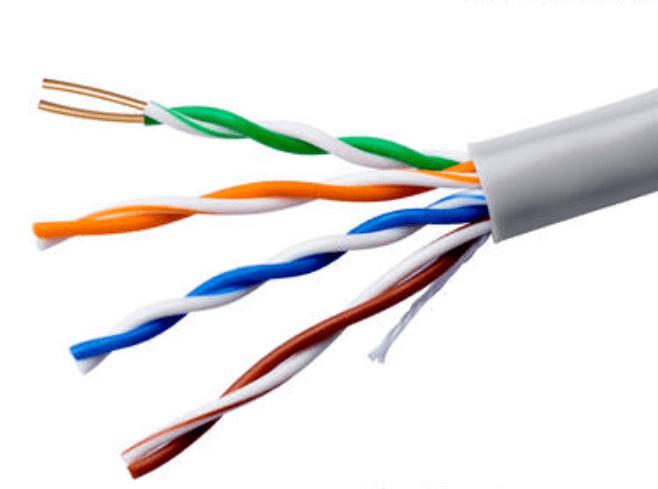
What is Cat5e Cable Used for?
In the world of networking, cables play a crucial role in transmitting data efficiently and reliably. One such cable that has gained widespread popularity is the Cat5e cable. In this article, we will explore the various aspects of Cat5e cables, including their features, applications, limitations, and comparisons with other networking options.
What is Cat5e Cable?
Cat5e cable, short for Category 5e cable, is an enhanced version of the Cat5 cable. It is a twisted pair cable primarily used for Ethernet network connections. The "e" in Cat5e stands for "enhanced," indicating that it offers improved performance and specifications compared to its predecessor.
What is Cat5e Cable Used for?
Cat5e cables are extensively used in both residential and commercial environments for networking purposes. They are commonly employed to establish connections between devices such as computers, routers, switches, and modems. Cat5e cables support various applications, including data transmission, internet access, VoIP (Voice over Internet Protocol), and multimedia streaming.
What is The Maximum Length for A Cat5e Cable?
The maximum length for a Cat5e cable depends on several factors, including the network speed and signal quality requirements. In general, Cat5e cables can support Gigabit Ethernet (1000BASE-T) up to a maximum length of 100 meters (328 feet). For lower speeds like Fast Ethernet (100BASE-TX), the cable can reach up to 150 meters (492 feet) without significant signal degradation.
What is The Difference Between Cat5 and Cat5e Cables?
Cat5e cables and Cat5 cables are similar in many ways, but there are some key differences between them. Cat5e cables have stricter specifications and improved performance compared to Cat5 cables. The enhanced features of Cat5e cables include better crosstalk and attenuation characteristics, which result in reduced data errors and improved signal quality.
Can Cat5e Cables be Used in Outdoor or Harsh Environments?
Cat5e cables are primarily designed for indoor use in controlled environments. They are not suitable for outdoor installations or harsh environments without proper protection. Exposing Cat5e cables to moisture, extreme temperatures, UV radiation, or physical stress can lead to performance degradation and damage to the cable. For outdoor or rugged installations, it is advisable to use specialized outdoor-rated or armored cables.
Is Cat5e Outdated?
While newer cable standards like Cat6 and Cat6a offer higher performance capabilities, Cat5e cables are still widely used and considered a reliable choice for many applications. They provide sufficient bandwidth for most residential and small to medium-sized business networks. However, for more demanding environments or future-proofing, higher-grade cables may be preferred.
Is Cat5e Better Than Wi-Fi?
The choice between Cat5e cables and Wi-Fi depends on the specific requirements and circumstances. Cat5e cables offer several advantages over Wi-Fi, including better reliability, lower latency, and higher security. They are less prone to interference and provide consistent performance, especially in crowded network environments. However, Wi-Fi offers the convenience of wireless connectivity and mobility, making it suitable for devices like laptops, smartphones, and tablets.
Conclusion
Cat5e cables are an essential component of modern networking infrastructure. They provide reliable and cost-effective connectivity for a wide range of applications. While newer cable standards exist, Cat5e cables continue to be widely used due to their satisfactory performance and compatibility. Understanding the features, limitations, and comparisons with other networking options can help users make informed decisions when it comes to deploying Cat5e cables in their network setups.







Leave a comment